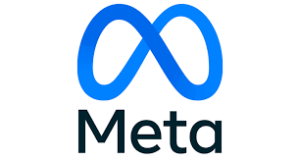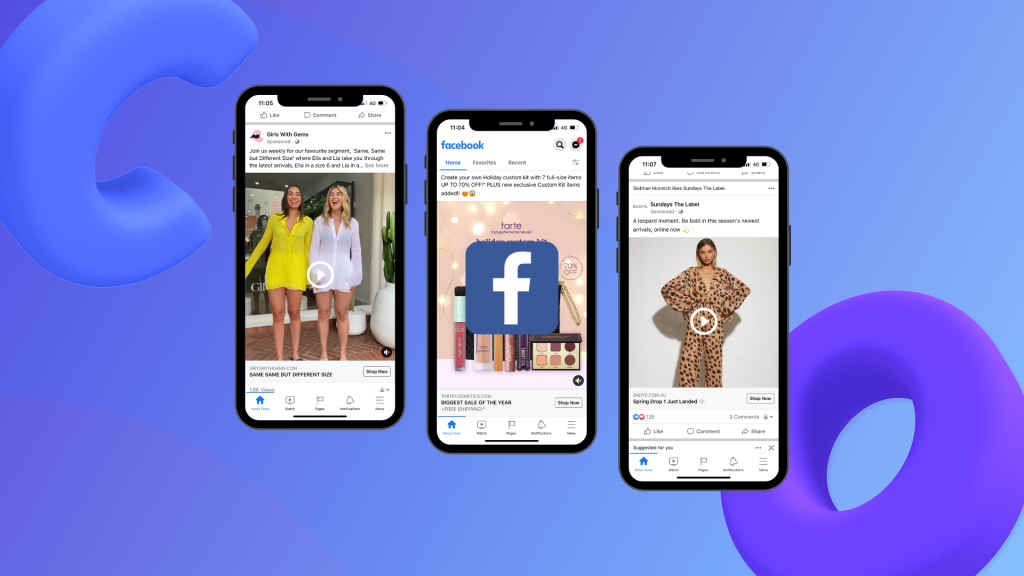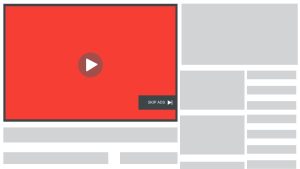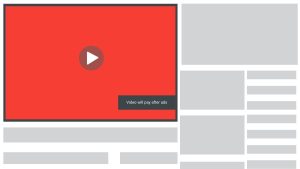Ever since Global Network Navigator created the first clickable web ad in 1993 for Heller, Ehrman White & McAuliffe with a Click Through Rate of 44%, we’ve all developed a love/ hate relationship with Banner/Display/ Image ads on the Internet. I love them, you likely hate them.
You’re probably thinking, “why don’t you marry them, INSERT MYSTERY NAME HERE?” adding, “ner ner nerner ner ner”.
Firstly, we’re not in primary school anymore, so that was a little juvenile, but I get it, you’re letting off steam. And quite rightly, I imagine, after being bombarded by image ads stopping you from all the work or fun you want to do on the Internet, the combination beautifully realised reading this awesome piece of journalism.
Day in day out, they’re there, asking you to buy something, possibly after you’ve already bought that something, more likely after you’ve decided not to buy that something, and even more likely that you have no intention of ever buying, and you’re wondering why they would even show up in your daily travels through the Internetverse ™ (just made that up then).
It always amuses me when I see a text ad pop up on a website I’m viewing asking me if I “Have A Blocked Drain? Call the Sydney Blocked Drain Experts” when I’m in Brisbane and my landlord is my next door neighbour who happens to be a plumber. Entirely irrelevant to my needs, yet somehow this ad is floating on my radar.
Now, people will often point out that the Click Through Rate these days is nowhere near the heights of those original pop-up ads, in fact, they are a fraction of a fraction of what they were at stage one. And Google has admitted that only about half the ads served are actually viewed, in that many that register as an impression (showed on the screen) are actually ‘below the fold’, meaning the user must scroll down in order to see it. If half the ads aren’t being seen, we can effectively double the CTR, but I’m a linguist, not a statistician, so take that with a grain of salt. Also, when we are talking a CTR of 0.03, it’s much of a muchness.
You are probably thinking that this is actually proving your case that Display network marketing is terrible, but you’re wrong and I say this with authority. When Google Display network ads are targeted correctly, they can be a business’ greatest ally! I’m sure you’re aware of Remarketing, which is basically following people around the net with Image ads after they’ve viewed your website, you may not know how targeted they can actually be.
I had a mate recently tell me how much they despised the fact that they were being ‘followed’ by this company that they bought one product from, with offers on the same product they just purchased! I understand the annoyance and if only that company’s marketing team had created a Remarketing list for people who have purchased in order to sell accessories instead of the product they just bought, the ads may have been less annoying and more enticing.
There are a number of other Pop-Up avenues making a splash that actually do annoy me, such as the Pop-Up to subscribe on a website, or the Pop-Up to add additional food items to my already ridiculously long pizza order (but the annoyance in this case is the lack of willpower in saying no to Chocolate Lava Cakes).
This is the idea of immediate upselling and while it has its place, I find myself, particularly on my phone, becoming frustrated when I click the little ‘x’ to close it and my fat, chocolate-lava-cake-and-pizza-laden fingers accidentally bring up the exact thing I don’t want. This is more of an issue with a site’s mobile optimization, though.
In order to make sure you are not one of those that annoy their clients, you need a strategy. Display ads are not going away anytime soon and I foresee a drastic change to how they are distributed as people become savvier with the features that are already available, and as features are added.
I have several examples of a Display campaign that works that isn’t even a Remarketing campaign. In particular, the targeting of Display ads to individual relevant forums and websites in order to spread awareness of a new product, or a new feature, can result in some of the best conversions a company has ever seen, especially if the product is an innovation of a current, widely used model. These campaigns, while the CTR may still be low, have incredibly high Conversion Rates.
And that’s what it is all about, increasing your Conversion Rate. So speak with us today at Get More Traffic on 1300 332 256 to see what we can do for you and your business!













